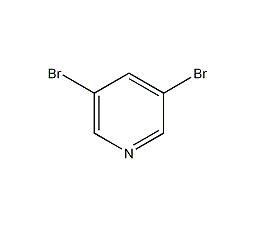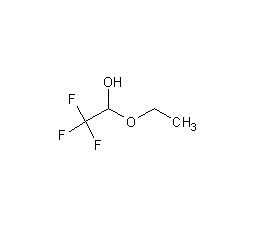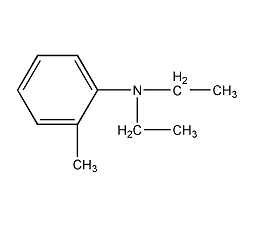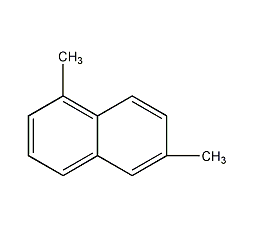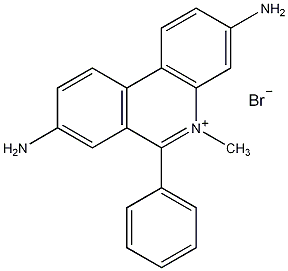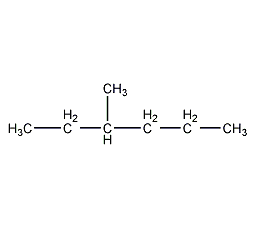α-D-Mannoside methyl ester


Structural formula
| Business number | 06HT |
|---|---|
| Molecular formula | C7H14O6 |
| Molecular weight | 194.18 |
| label |
α-Methyl-D-Mannoside, α-Methyl D-mannoside |
Numbering system
CAS number:617-04-9
MDL number:MFCD00063262
EINECS number:210-502-3
RTECS number:None
BRN number:81566
PubChem number:24897124
Physical property data
1. Physical property data
1. Melting point (ºC): 193-196ºC
2. Refractive index: n20/D 79.5(lit .)
Toxicological data
Main irritant effects:
On skin: May cause irritation
On eyes: May cause irritation
Sensitization: None Sensitization of knowledge
Ecological data
3. Ecological data:
General remarks
Water hazard level 1 (German regulations) (self-assessment through the list) This substance is slightly harmful to water.
Do not allow undiluted or large amounts of product to come into contact with groundwater, waterways or sewage systems.
Do not discharge materials into the surrounding environment without government permission.
Molecular structure data
5. Molecular property data:
1. Molar refractive index: 41.92
2. Molar volume (cm3/mol): 131.9
3. Isotonic specific volume (90.2K): 379.2
4. Surface tension (dyne/cm): 68.3
5. Polarizability (10-24cm3): 16.61
Compute chemical data
IV. Calculated chemical data:
1. Hydrophobic parameter calculation reference value (XlogP): -2.2
2. Number of hydrogen bond donors: 4
3. Number of hydrogen bond acceptors: 6
4. Number of rotatable chemical bonds: 2
5. Topological molecular polar surface area (TPSA): 99.4
6. Number of heavy atoms: 13
7. Surface charge: 0
8. Complexity: 163
9. Number of isotope atoms: 0
10. Determine the number of atomic stereocenters: 5
11. Uncertain number of atomic stereocenters: 0
12. Determine the number of chemical bond stereocenters: 0
13. The number of uncertain stereocenters of chemical bonds: 0
14. The number of covalent bond units: 1
Properties and stability
Properties and stability:
The product may not decompose under normal temperature and pressure.
Storage method
Storage:
Seal the container and store it in a sealed main container in a cool, dry place.
Synthesis method
None yet
Purpose
None yet


